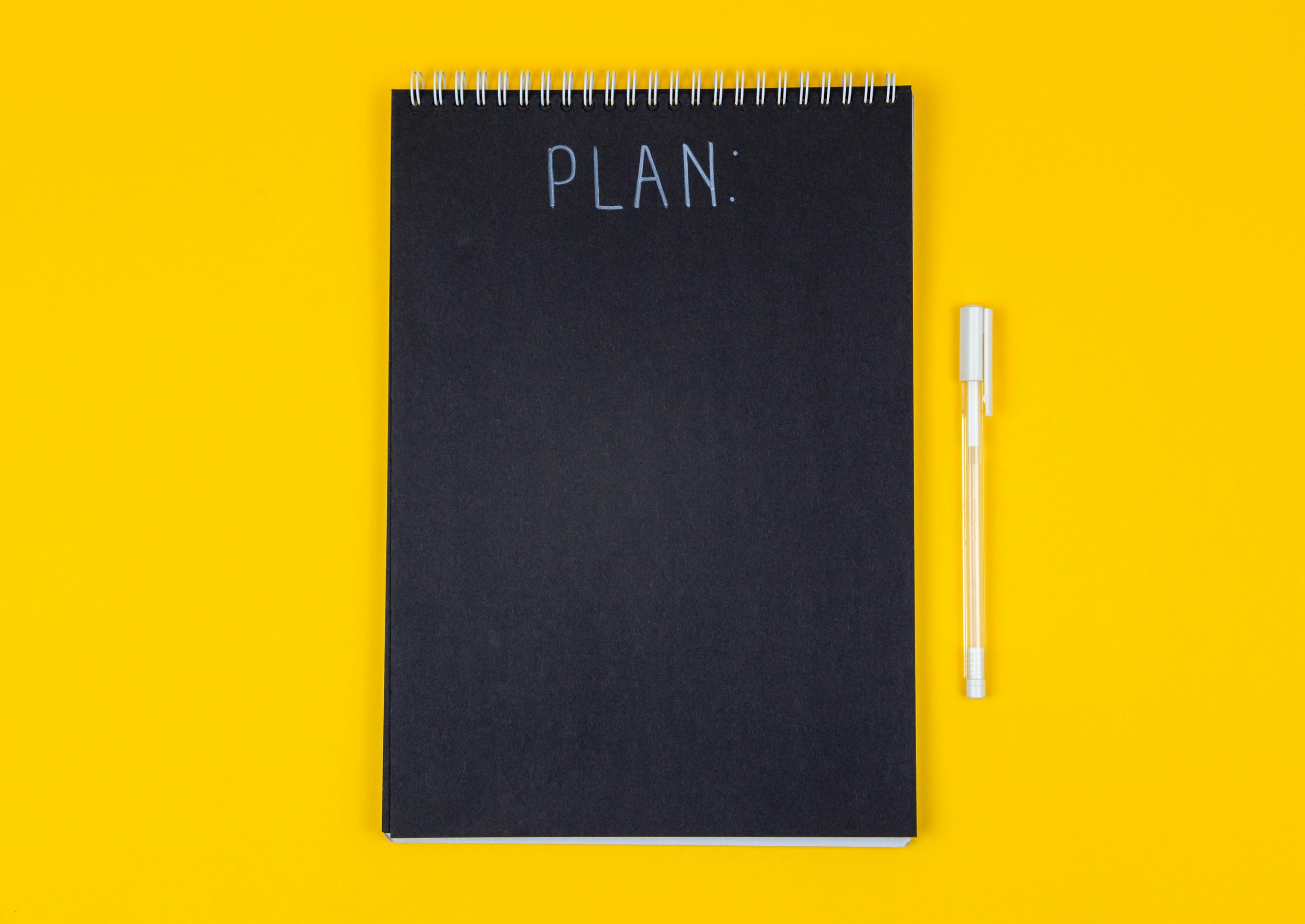Are you a student planning your next move? This guide offers essential student moving tips to make the process easy and efficient. From creating a moving checklist to settling into your new place, find out how to manage every step and reduce stress.
Key Takeaways
- Start planning well in advance with a detailed checklist to reduce stress and ensure a smooth process.
- Use efficient packing strategies like decluttering and labelling boxes clearly to simplify the move and protect your belongings.
- After moving in, set up your room and explore your new neighbourhood to help you feel at home and make new connections.
Plan for a Smooth Move
The key to a successful move lies in meticulous planning. Beginning early lets you develop a structured timeline, ensuring all tasks are managed efficiently. One of the first steps in planning is to create a detailed checklist to help you stay organized and reduce the stress caused by moving days.
Action Moving is not only for student movers; they can also help with apartment moving for life off campus. Action Moving offers affordable services to assist you in this journey, ensuring a happy moving experience from start to finish.
Also, arrange your move early and inform key contacts about your new address to sidestep last-minute issues. Planning ensures everything is ready when the movers arrive, streamlining the process.
Create a Moving Checklist

A detailed moving checklist helps manage tasks efficiently and reduces moving day stress. Break tasks into smaller segments to stay organized and avoid overlooking important details.
Regularly reviewing and updating your checklist ensures all tasks are completed on time, making your move seamless.
Schedule Your Move Early
Booking your move early secures the best moving companies and avoids last-minute stress. Book student moving services a few weeks in advance, especially during peak seasons, to ensure professional movers are available.
This proactive approach can save space and ensure a smooth delivery of your belongings.
Notify Important Contacts
Informing essential services and contacts about your move avoids disruptions and ensures continuity. Update your address with universities, banks, utility providers, and insurance companies to prevent any loss of communication or service disruptions.
Keeping contacts informed helps maintain a seamless transition to your new location.
Efficient Packing Strategies
Efficient packing saves time, space, and stress. Proper packing materials and techniques keep your belongings safe during transit. The ‘Russian doll technique,’ which involves packing smaller boxes inside larger ones, saves space and keeps items organized. Compression bags maximize space and keep items tidy.
Decluttering before packing can significantly ease the process. Proper packing materials, like bubble wrap, will protect fragile items. Label boxes and include their destination rooms to simplify unpacking.
Declutter Before Packing
Thoroughly purging items before packing makes a big difference. Deciding what to keep, sell, donate, or discard minimizes the number of items to move. This not only saves space but also makes the packing process more manageable.
Use Proper Packing Materials
Proper packing materials are essential for protecting belongings during the move—bubble wrap and packing paper cushion fragile items, preventing transit damage.
Alternatively, delicate items can be wrapped in clothing and linens, which is eco-friendly and efficient.
Label Boxes Clearly
Clearly labelled boxes ensure a smooth unpacking process. Mark the destination room and contents on the sides of the boxes for easy identification when stacked.
Label electronic cords with gaffer tape or markers, and use colour stickers for sockets.
Smart Packing Techniques

Clever packing techniques make a significant difference. The Russian doll method, nesting smaller boxes within larger ones, saves space and keeps items organized. Using plastic storage bags for soft items like clothing and linens provides more space and cushioning.
Folding clothes, securing fragile items with bubble wrap and packing paper, and maximizing space in bags and suitcases ease the moving process. These techniques ensure your belongings are well-protected and efficiently packed.
Roll Your Clothes
Rolling clothes is a highly effective packing strategy. Lay the item flat, fold in the sleeves, and roll to save space and reduce wrinkles.
Compression bags for bulkier items like winter wear reduce volume and enhance packing efficiency.
Pack Fragile Items Securely
Securing fragile items prevents damage during the move using packing paper to fill box gaps for delicate items, preventing shifting during transit.
Place heavy items at the bottom and lighter ones on top, filling gaps with soft materials to stabilize and protect fragile belongings and other heavy items.
Utilize Space in Bags and Suitcases
Maximizing space in bags and suitcases makes for an efficient move. Fill gaps with small items like toiletries and use clothing to cushion fragile belongings, optimizing space and adding protection.
Incorporate hangers into your packing strategy to support boxes and prevent collapsing.
Moving Day Essentials
Moving day can be overwhelming, but proper preparation ensures a smooth and stress-free experience. Plan and invest in packing essentials like box cutters, packing tape, and small boxes for heavy items. Spending time with family and keeping a moving checklist manages emotions and ensures essential tasks aren’t forgotten.
For a successful moving day, wear comfortable clothing, stay hydrated and energized, and keep essential documents accessible. These tips help you navigate the physical and emotional challenges of moving.
Wear Comfortable Clothing
Comfortable clothing is vital for ease of movement and overall comfort on moving days. Consider the weather. If it’s cold, dress in layers to adjust to changing temperatures during physically demanding tasks.
Stay Hydrated and Energized
Staying hydrated and energized is crucial on a moving day. Eating small, frequent snacks maintains energy levels, keeping you focused and efficient throughout the day.
Keep Important Documents Accessible
Accessible important documents are essential. Store them in one box or file and create electronic copies to ensure nothing is missed.
A physical checklist of essential documents simplifies the process further.
Settling into Your New Place
Once you arrive at your new place, the settling-in process begins. Setting up your room first establishes comfort and familiarity. Personal touches like photos and favourite items make your new accommodation feel like home.
Exploring your new neighbourhood and meeting new people are key steps in adapting to your new environment. Regular visits to local shops and cafes enhance comfort and familiarity with the area. Engaging in university events and joining clubs helps connect and build a supportive network.
Set Up Your Room First
Setting up your room first establishes comfort and familiarity in your new environment. Arrange your room for both studying and relaxation to promote overall well-being.
Personalize your space with your favourite decor items to make it feel like your sanctuary.
Explore Your New Neighborhood
Exploring your new neighbourhood is essential for adapting to your new city and making it feel like home. Visit local shops and cafes to familiarize yourself with your surroundings and identify places that will become part of your routine.
This exploration helps you feel connected to your new environment.
Meet New People
Meeting new people enhances your experience in a new city. Joining clubs you’re interested in will help you make new friends. Engaging in induction week activities and university events facilitates connections with other students.
Storage Solutions Between Terms
Storing your belongings between terms simplifies moving and minimizes the hassle of transporting items back and forth. Renting self-storage units or using university storage options provides necessary space and security during school breaks.
Choosing the proper storage solution involves location, cost, and facility security. Student-friendly storage services offer competitive pricing and convenient access, making them ideal for students.
Consider Self-Storage Units
Self-storage units are practical for students needing temporary space during breaks. Many facilities offer flexible rental agreements, allowing students to choose short-term options that align with academic schedules. Security features like surveillance cameras can protect your belongings in storage.
University Storage Options
Some universities offer on-campus storage solutions for students, making it easier to manage belongings during breaks. On-campus storage services may be more convenient and cost-effective than private options.
These facilities often provide flexible rental agreements and are conveniently located near university campus student housing.
Don’t Forget Insurance and Mail
Don’t overlook insurance and mail forwarding as you prepare for your move. Student contents insurance protects valuable items from theft or damage. Having coverage is a smart step in safeguarding your possessions while living off-campus.
Setting up mail forwarding ensures you receive all communications after relocating. This process prevents missed deliveries of essential documents and packages, keeping you connected and organized during your transition.
Student Contents Insurance
Student contents insurance protects valuable items from theft or damage. This insurance typically covers items like laptops, gadgets, and jewelry and provides liability for any damage.
Having coverage ensures you are financially protected from unexpected losses while living off-campus.
Forward Your Mail
Mail forwarding ensures you receive important communications after your move. Forwarding mail prevents important documents and packages from being lost or forgotten.
It’s a simple process that keeps you connected and organized during your transition.
Summary
Moving to a new learning place is exciting but requires careful planning and organization. You can have a smooth transition by planning early, following a detailed checklist, scheduling your move in advance, and notifying important contacts. Efficient packing strategies, smart packing techniques, and moving day essentials further contribute to a stress-free move. Hiring professional student movers can make a huge difference and save time.
As you settle into your new home, setting up your room first, exploring your new neighbourhood, and meeting new people are key steps in adapting to your new environment.
Utilizing storage solutions between terms and remembering to secure insurance and forward your mail will help you stay organized and protected. With these tips, you can embrace your new adventure with confidence and ease.
Frequently Asked Questions
What is a recommended action before moving to a new city?
Before moving to a new city, it’s a good idea to research neighbourhoods that align with your lifestyle and needs. This will help you find a place that feels like home from the start.
Why is it important to forward mail when moving?
Forwarding mail when moving is crucial because it helps prevent essential communications from getting lost or overlooked. You want to stay connected and ensure nothing slips through the cracks during your transition.
What is a tip for settling into a new city after moving?
Getting outside to explore your new surroundings is a great way to settle in and meet potential friends. Embrace the adventure—it’s all part of making the new city feel like home!
Do I need a moving company as a student?
Yes, they can help ensure everything is completed promptly. Consider contacting Action Moving to see how we can help you move!